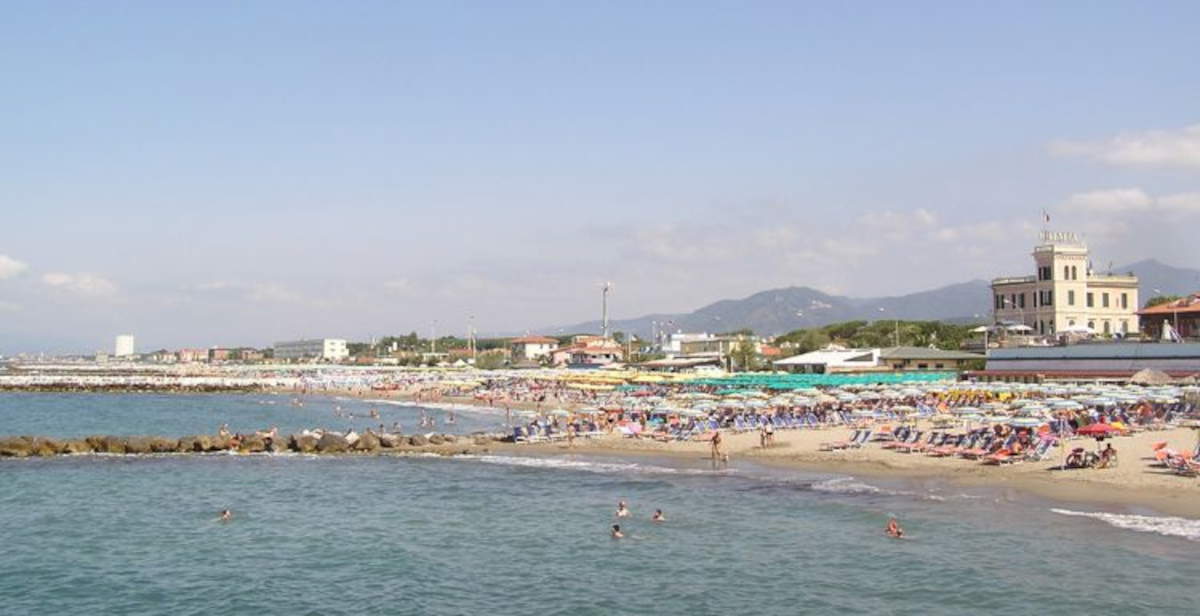Summer 2025, expected as the season of revival for beach tourism, is proving to be more complex than expected. Data collected in mid-August(you can read Andrea Laratta’s article here) tell of less crowded beaches, declines in bookings and a growing controversy over costs, starting with the so-called expensive beach umbrella. The debate has also exploded on social media, with actor Alessandro Gassmann accusing managers of raising prices too high, pushing Italians toward free beaches. Also joining the criticism were journalists and TV faces such as Salvo Sottile and Pinuccio of Striscia la Notizia, who pointed to the increasingly high expenses in the face of firm salaries. Forecasts by trade associations had drawn a very different picture. In July, Federalberghi estimated 36.1 million Italians traveling between June and September, with a turnover of more than 41 billion euros and a share of vacations at home close to 88 percent. TheConfcommercio Tourism Observatory indicated 18 million departures in August alone and an average individual spending of 975 euros. Assoturismo-Confesercenti predicted more than 110 million summer presences, with an increase in foreign tourists.
However, the most recent surveys tell of a slowdown. Bernabò Bocca, president of Federalberghi, spoke of negative data in nine out of 10 locations. Instead, the president of the Balneari Syndicate, Antonio Capacchione, estimated a 15 percent drop for July, with peaks of 25 percent in Calabria and Emilia-Romagna. Similar situation in Abruzzo, where regional president Riccardo Padovano called the beaches empty during the most touristy period of the year. Similar evidence emerges in national newspapers: from Lazio to Salento, establishments do not record a full house. For the first time in years, many Italians have chosen the mountains. However, there is no shortage of opposing voices: Tourism Minister Daniela Santanchè has called for avoiding alarmism, stressing that the data on June and September remain positive and recalling that Italy maintains lower average prices than Spain and Greece.

The central issue remains cost. According to an Altroconsumo survey, the average price of a beach umbrella and sunbed has risen 5 percent since 2024 and 17 percent since 2021. Codacons reports price increases of 32.7 percent on recreational services from 2019. There is no shortage of striking examples: 90 euros in Gallipoli, 120 in Sardinia, 100 at Togo Bay in Porto Cesareo. In the luxury segments, however, it goes up to 1,500 euros for the imperial tent at Twiga Beach Club in Versilia, 560 euros at Augustus Hotel in Forte dei Marmi, and 550 euros at Nikki Beach in Costa Smeralda.
However, operators reject accusations of unsustainable rates. Fabrizio Licordari, president of Assobalneari Italia, reiterated that the system is diversified and able to offer solutions for all budgets. We asked Licordari for an interview, but received no response despite reminders. Other entrepreneurs, such as Marco Daddio in Versilia, point out that lowering prices would mean jeopardizing the survival of businesses, which are already affected by rising operating costs. Daddio himself recalled that tourists are staying fewer days than in the past, a sign of limited resources, but the real price increases are also seen in gasoline, highways, restaurants and everyday spending.
The picture is repeated throughout the peninsula. In Campania, a 15 percent drop is estimated, while in Puglia the lidos are full only on weekends. For Fabrizio Santorsola of Fiba-Confesercenti , “tourists are looking for value, not discounts,” and July’s excessive heat has prompted many to postpone their vacations. Trade associations link the problem to the loss of purchasing power of Italian families. Fabio Cenni of Assohotel Confesercenti Toscana points out that price increases have affected all sectors, but have not been accompanied by an adequate increase in wages. Franco Marinoni, general manager of Confcommercio Toscana, cites data from the Confcommercio Study Center: in 2025, obligatory expenses (home, energy, health, transportation, insurance) will weigh 42.2 percent of the family budget, amounting to more than 9,300 euros out of an average per capita expenditure of 22,114 euros. Over the past decade these items have grown 132 percent, far more than marketable goods. To explore the topic of hotels in more detail, we asked for an interview with Paolo Corchia, president of Federalberghi Forte dei Marmi, but no response was received from him.
The result, as written in Laratta’s article, is thus a traditional model of a permanent beach vacation that is increasingly under pressure, between high prices, new traveler needs and the search for alternatives such as mountains and nature. To complete the picture, the high costs do not only concern establishments: in transportation and daily services, rates are often just as heavy, as shown by the prices recorded at Italian airports.
 |
| Summer 2025, empty beaches: beach tourism slows due to high prices and new habits |
Warning: the translation into English of the original Italian article was created using automatic tools. We undertake to review all articles, but we do not guarantee the total absence of inaccuracies in the translation due to the program. You can find the original by clicking on the ITA button. If you find any mistake,please contact us.